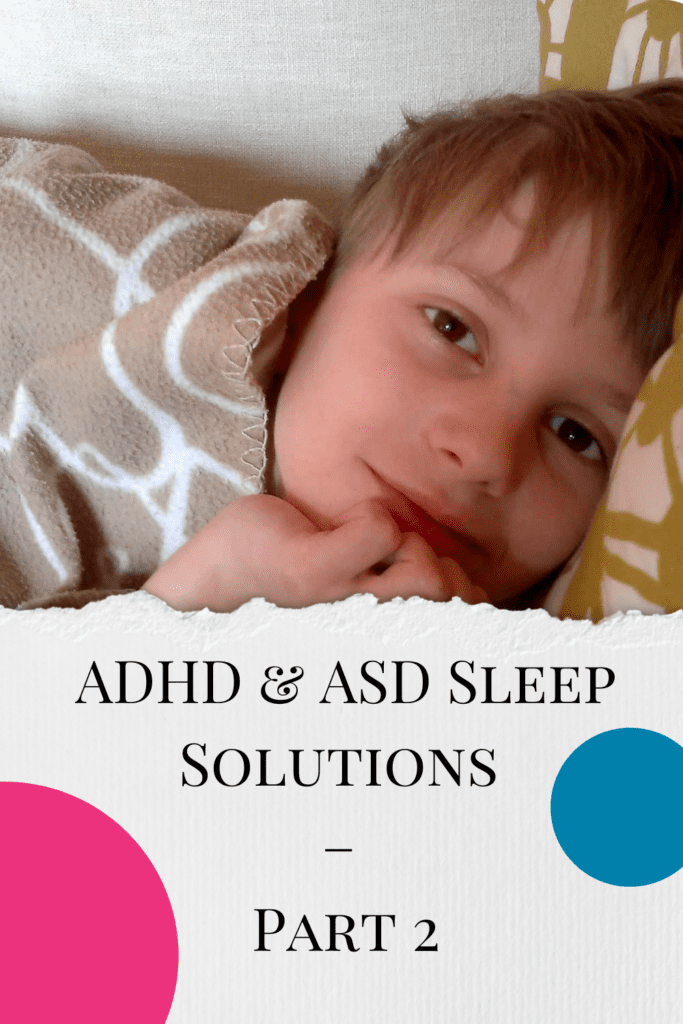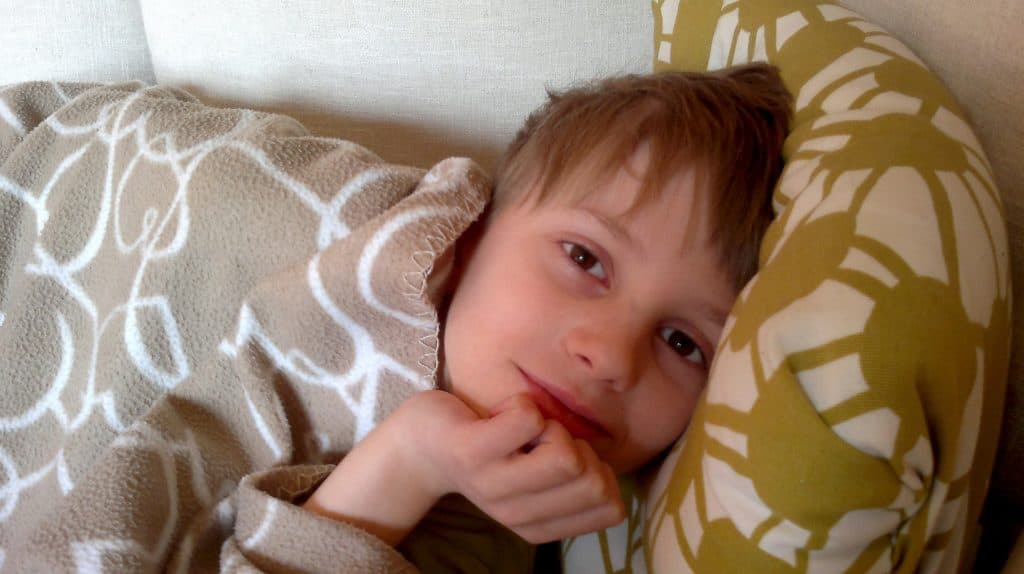Addressing poor sleep can help your child be more focused and better behaved and this can be a win for you on so many levels – like better mornings and behaviour.
I have seen far too many parents who are burnt-out and can’t even get their head above water to help their child with their learning and behaviour struggles because they have no time in the evening to themselves and are not getting enough sleep themselves.
In my last article, I explained how sleep deprivation can impact or even create ADHD-like symptoms which leads into today’s topic: the basics and tips and tricks to getting your child to sleep.
The first place to start when looking at poor sleep is the obvious. The obvious can so often be overlooked because it’s suddenly hard to see its importance especially if we ourselves can go without it. Perhaps your other child can’t get to sleep without a bedtime routine so you figure your ADHD child should be able to as well or maybe you feel like a routine will make little difference for your hopeless night owl.
1.Routine
This can be easy to brush off as making little difference if it didn’t work either because you didn’t stick with it long enough or because there were some flaws. For example, you may have read the bedtime stories, but your rushing at dinner and squeezing in homework and hurriedly ushering your child off for a quick story. Or perhaps you are using some well-intentioned electronic with lighting that is actually overstimulating your child and preventing melatonin production.
Routine requires consistency and a stick-with-it attitude before you see results. It can take some time for the brain to link those bedtime cues with sleepiness.
2.Over-Stimulation
The key to a great bedtime routine is to avoid over-stimulation beforehand. Avoid doing homework at the last minute and instead try to create a time that is not too close to bedtime – especially if homework is a source of frustration for your child. Other activities like screen time and excessive exercise can also be a trigger.
3.Stimulate Sleep Hormone
Excessive screen time during the day and especially before bed can interfere with the production of melatonin, a hormone that is produced when it becomes dark and triggers feelings of sleepiness.
Screen time is best avoided two hours before bed. Have your child sleep in a room as dark as they can tolerate. Night lights can even halt the production of melatonin. Try to teach your child to fall asleep in the dark if possible – even if you have to do this gradually or use a nightlight that is as dim as possible. When they do fall asleep, turn the light off as this will help them to have a better, more restful sleep.
4.Get a Sleep Toolkit
Weighted Blankets – Many children with sensory processing, ADHD and anxiety benefit immensely from a weighted blanket. Several of my clients have reported their children fell asleep within twenty minutes instead of the usual two hours. Not only is the weight likened to feeling like you are receiving a big hug, but it helps to ground an overloaded sensory system.
White Noise Machine – Other children can have difficulty falling asleep in absolute silence and this is where a white noise machine can make all the difference for some children. Frugal and creative parents have found small fans to be just as effective.
Essential Oils – Many parents have been astounded as to how essential oils helped to calm their child before bed. There are several companies that have some great blends for sleep. I like Plant Therapy’s Sweet Slumber and Nighty Night. Other oils that can aid with sleep are lavender, roman chamomile, vetiver and frankincense.
5.Exercise
It only makes sense that the more active your child is during the day, the more easily they will fall asleep at night. It is estimated that it takes children an added three minutes to fall asleep for every hour they are sedentary. Keeping your kid active (but preferably not too close to bedtime) can reap huge benefits.
6.Just Eat Real Food
You didn’t think we’d overlook this one did you? You can’t. You can do all of the above, but if your child is eating a diet that has too much sugar, food colouring and preservatives and not enough vitamins, minerals, protein and fats then your plan will likely be futile. A whole food, clean diet can make all the difference in turning your night owl into a morning bird.
Want to learn more about how you can help your child reach their full potential? Schedule a free 20-minute discovery session and I will help you identify three things you can do today to help your child be a happier, more confident kid.


